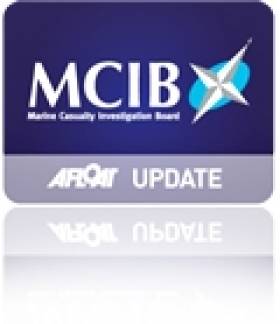Displaying items by tag: Marine Casualty Investigation Board
A Marine Casualty Investigation Board (MCIB) report into the death of Mr. Alain Adler after the six metre boat in he which he travelling capsized from a pier in West Cork in 2008 has found there was no single cause for this casualty. It was the accumulation of several poor decisions which resulted in the capsize of the vessel and related fatality. The post mortem found that Mr. Alder died as a result of acute cardio-respiratory failure and drowning associated with hypothermia.
In the early hours of 5th December 2008, ten people set off from Colla Pier near Schull, Co. Cork in an open boat (with sealed deck) powered by a 30 HP outboard engine to spend the weekend on Coney Island, which lies about one kilometre off the coast of Cork, in the south west of Ireland.
Shortly afterwards the boat capsized resulting in the death of Mr. Alain Adler. The post mortem found that Mr. Adler died as a result of acute cardio-respiratory failure and drowning associated with hypothermia.
The report also concludes that although several members of the group were familiar with boats and the dangers of the sea, none wore the lifejackets/PFD's provided.
The full MCIB report is downloadable below.mcib





























































